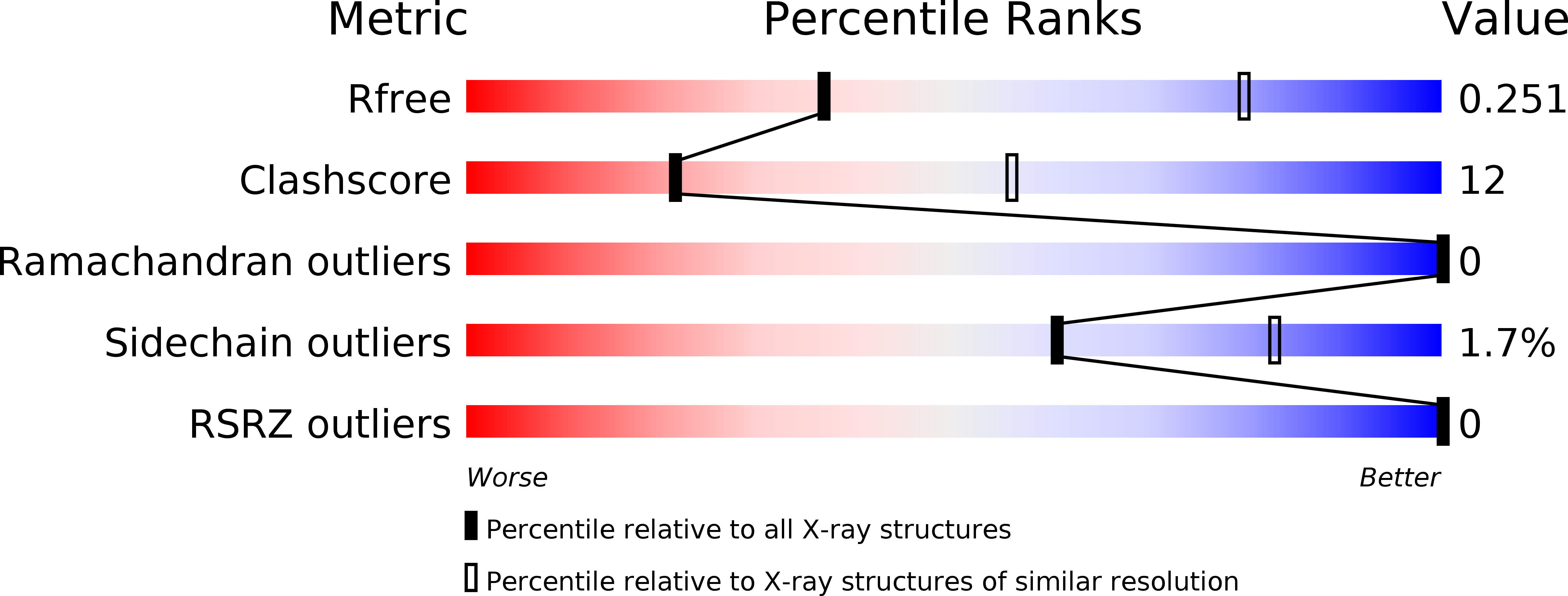
Deposition Date
2012-07-27
Release Date
2013-02-27
Last Version Date
2024-02-28
Entry Detail
PDB ID:
4GBT
Keywords:
Title:
Structural characterization of H-1 Parvovirus: comparison of infectious virions to replication defective particles
Biological Source:
Source Organism:
H-1 parvovirus (Taxon ID: 10799)
Method Details:
Experimental Method:
Resolution:
3.20 Å
R-Value Free:
0.25
R-Value Work:
0.25
Space Group:
P 1 21 1


